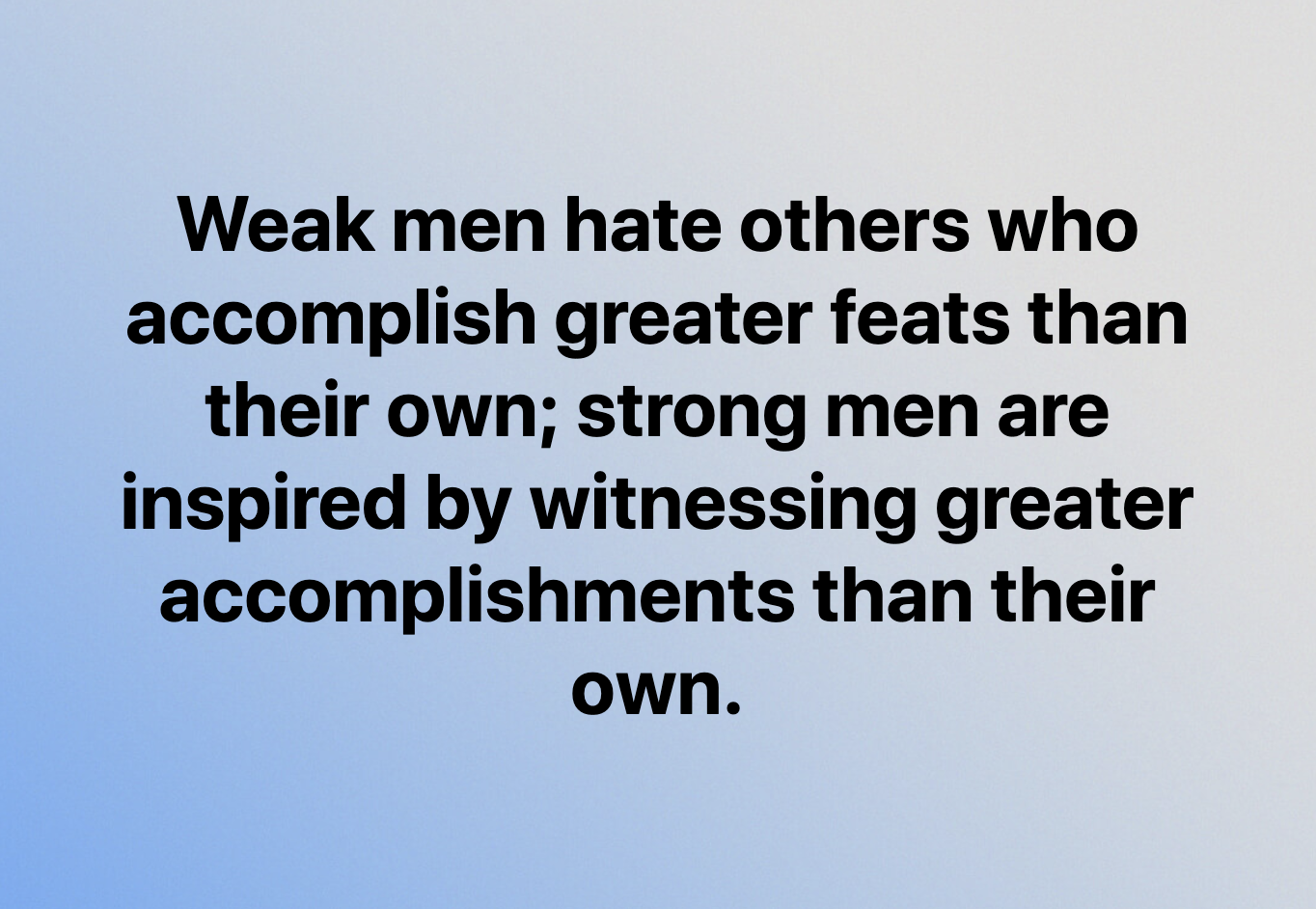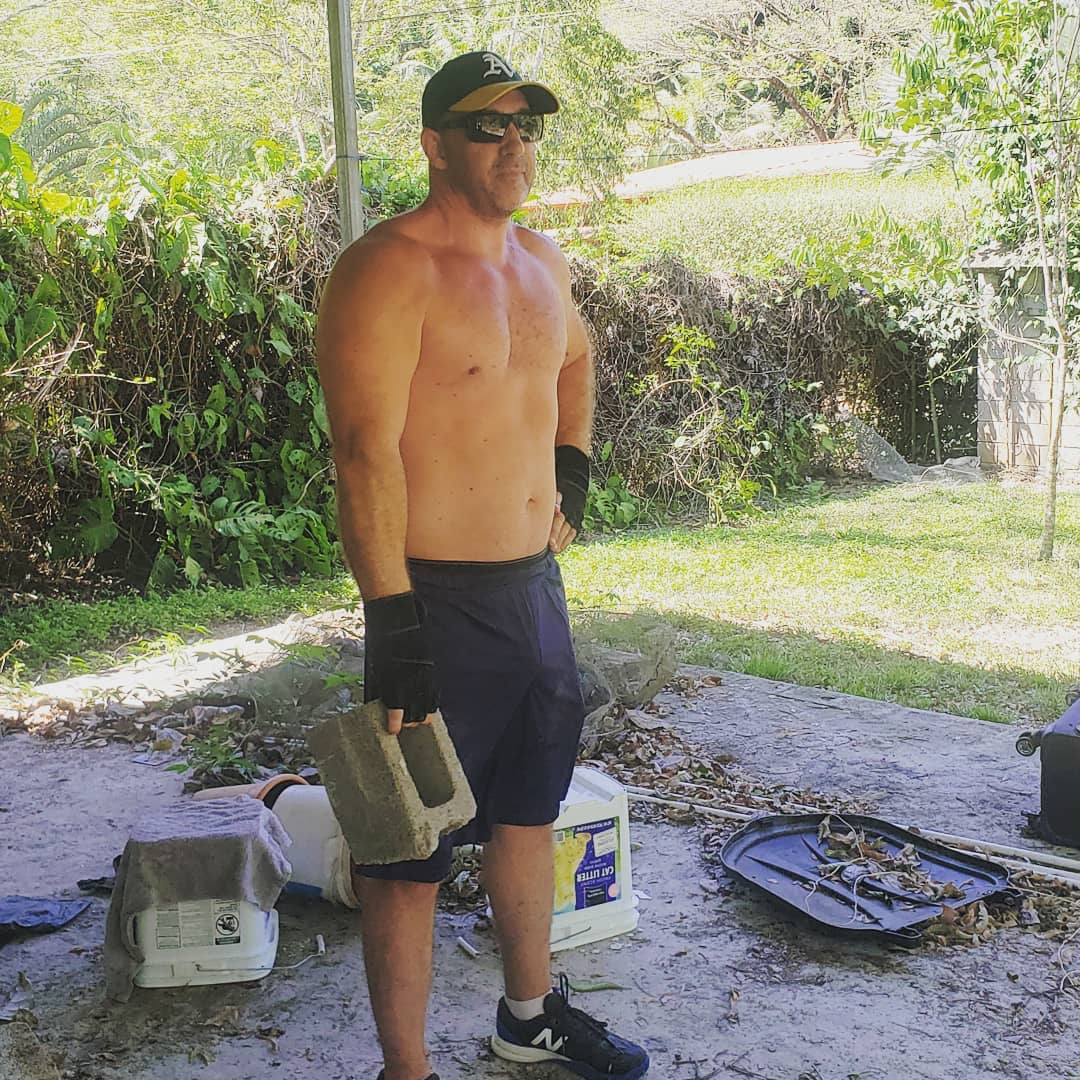I wonder how many other warnings have gone unheeded, regarding issues of all kinds.
– –
From: steemit.com
Records Show Govt Knew of Dangers of Oroville Dam for YEARS — Did Nothing to Fix It
Nearly 200,000 people had to be evacuated from the floodplain beneath Oroville Dam, when an earthen emergency spillway threatened to disintegrate under the sheer volume of floodwater putting pressure on the structure — the exact scenario federal and state officials were cautioned about over a decade ago.
But they didn’t heed the warning.
“Three environmental groups — the Friends of the River, the Sierra Club and the South Yuba Citizens League — filed a motion with the federal government on Oct. 17, 2005, as part of Oroville Dam’s relicensing process, urging federal officials to require that the dam’s emergency spillway be armored with concrete, rather than remain as an earthen hillside,” reports the Mercury News.
That motion was filed with the Federal Energy Regulatory Commission when the groups found Oroville Dam — the tallest in the United States and completed in 1968 — did not meet modern safety standards. Heavy rains and flooding, they said, would overwhelm the primary concrete spillway and force waters over the emergency spillway — but the volume could erode the earthen chute and inundate communities nearby.
Worse, such an extreme event could cause failure, or “loss of crest control.”
…bowing to budgetary and financial concerns — didn’t listen.
“FERC rejected that request….
“A filing on May 26, 2006, by Thomas Berliner, an attorney for the State Water Contractors, and Douglas Adamson, an attorney for the Metropolitan Water District of Southern California, discounted the risk. It urged FERC to reject the request to require that the emergency spillway be armored, a job that would have cost tens, if not hundreds, of millions of dollars.”
Officials blew off concerns as hyperbolic since the earthen spillway had been designed to accommodate 350,000 cubic feet per second, and — in extreme circumstances — could safely sustain heavy damage without being completely destroyed. …
“The emergency spillway meets FERC’s engineering guidelines for an emergency spillway. The guidelines specify that during a rare flood event, it is acceptable for the emergency spillway to sustain significant damage.” …
Those who warned of the dangers in 2005 saw their fears nearly come to fruition.
“We said ‘are you really sure that running all this water over the emergency spillway won’t cause the spillway to fail?’” Ron Stork of Sacremento’s Friends of the River told the Mercury News. “They tried to be as evasive as possible. It would have cost money to build a proper concrete spillway.
“I’m feeling bad that we were unable to persuade DWR and FERC and the Army Corps to have a safer dam.”
Eric See, California Department of Water Resources spokesman, denied reports there had been any lapse in safety at Oroville Dam, despite reports of the over-decade-old warning to FERC.
Entire Article








